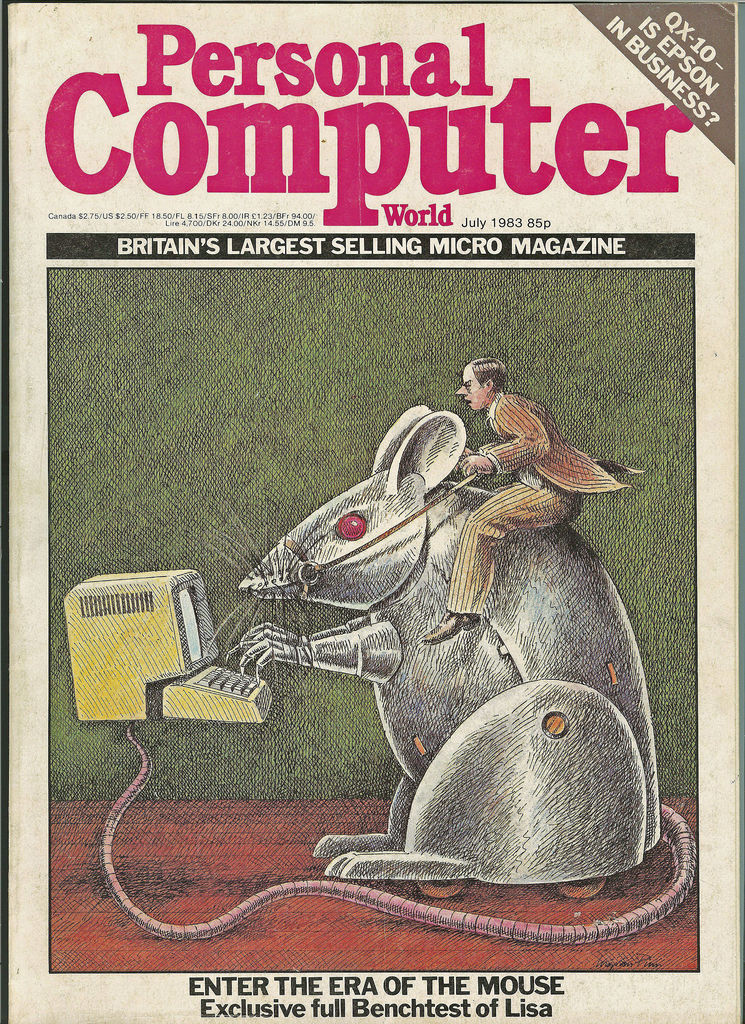Indie gaming has come a long way. From a niche market frequented only by die-hard PC users, to a market so integral to success that the big 3 scratch and bite to accommodate it at all costs. There have been many documentaries and insights into the history of gaming, or even the history of games companies, but today we present a look back in the history of indie games development.
Computer Revolution
Back in the early days of the video games industry not just anyone could make a video game. You would need technical know-how and physical equipment that most people could neither afford nor use. Then came the microcomputer revolution. Suddenly companies like Acorn Computers, Sinclair, IBM and Commodore exploded onto the market with computers that were not only functional, they were actually affordable.

In the beginning home computers were thought of as devices for business and not much else, consequently there wasn’t much of a market for games on them. Fortunately, early home computers tended to ship with a code book which showed not only how to use the computer, but often also how to program your own code using their built-in languages. By late 1970 one programming language had established itself as the go-to language for almost every home computer of the time. BASIC.
With the explosion of home computers and the massive lack of professionally produced games, BASIC was the tool that helped hobbyists to fill the void in the market. BASIC was made to be easy to use. Unlike most previous programming languages it was designed to use everyday words and simple sentences to create programs. With an instruction booklet included with almost every home computer for nearly 2 decades, there was a huge wave of people able to create their own software.
Making a Dime
Bedroom programmers of the day were the first indie game developers. With a massive amount of demand to fill and traditional means of distribution unavailable to them, indie developers had to think of a way to get their games out there. Home Computers not only provided people with an easy to understand form of programming, but early floppy and tape drives gave them a way to make copies of their games to distribute.

With so many people able to create games it was exceedingly difficult for these developers to sell their games. Commercial success in industry usually required a publisher, and while some managed to find a proper outlet for their games many people had no way of earning money for the games they poured their hearts into. For a long period of time most games were passed around for free amongst fans, or sometimes were included on the front cover of home computer magazines.
As the decade drew to a close indie development had big things looming on the horizon. A special breed of software, which had originated in the early 80s, began to see massive popularity in the indie gaming market. It was finally possible for a developer to entirely develop, produce and distribute a game with such a low cost that they could almost be guaranteed a return on their initial investment and there was one other huge change that would help to create the state of the market as we know it today: the internet.



